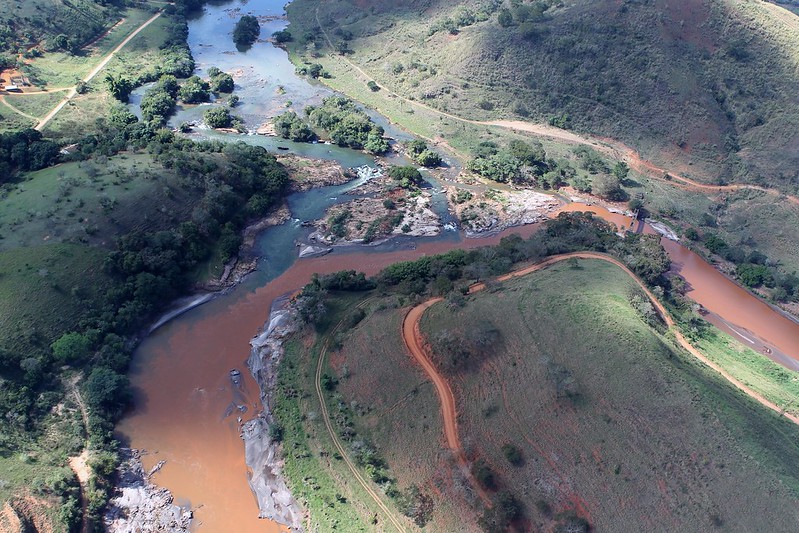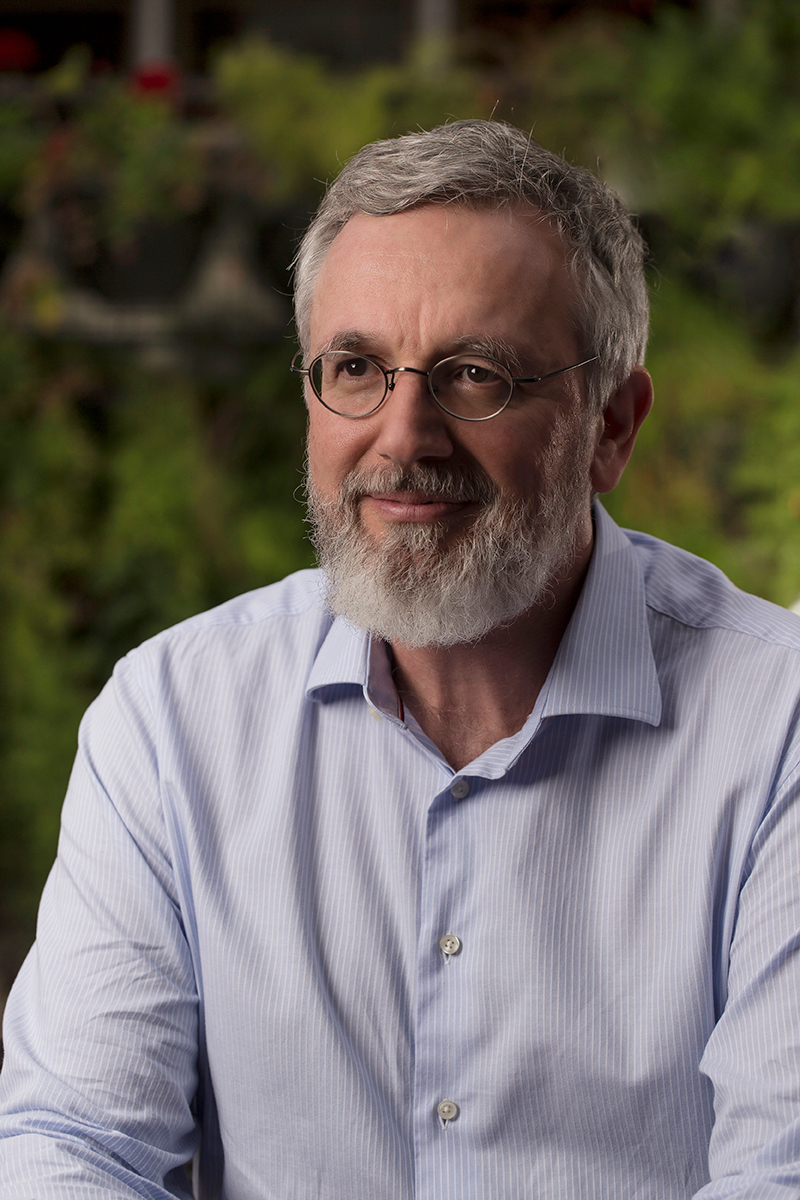Artigo publicado originalmente na LSE Business Review
Brazil suffered its worst environmental disaster in November 2015. A dam containing waste from an iron ore mine collapsed, killing 19 people and distributing an estimated 39.2 million cubic metres of brown, toxic mud along the Doce river in the Brazilian state of Minas Gerais. The village of Bento Rodrigues was completely destroyed. The polluted material travelled through to the state of Espirito Santo and reached the Atlantic Ocean 17 days later. Hundreds of people were displaced, cities in the 670 km along the river channel suffered water shortages, and the disaster quickly became a humanitarian crisis.
How do you revert the impact of a disaster of this magnitude, in such a vast territory?
The Fundão tailings dam is controlled by Samarco, a joint venture between Brazil’s Vale and Anglo-Australian BHP Billiton. The companies signed an agreement — the so-called Transaction Term and Adjustment of Conduct (TTAC) — with federal and state prosecutors, and the federal courts ratified it in March 2016. The TTAC agreement defined 42 programmes and created the Renova Foundation to manage the revitalisation projects to take place along the river and its tributaries.
The Renova Foundation coordinates efforts undertaken by a chain of more than 70 public and private entities, including the federal, state and municipal governments, the mining companies, a group of about 30 research institutions and a larger number of civil society organisations. Between partners and direct hires, seven thousand people are involved in the project. The whole initiative has a robust governance model in which solutions are collectively agreed upon, without control by any single entity. This process can (and should) be criticised for its potential inefficiency, but it is clearly participative.
One of the first challenges we faced was determining how to measure and delimit the scope of the disaster — a dynamic series of events with distinct developments over time. Rather than a still photograph, the picture of the disaster turns into a dramatic film with an uncertain end. From the initial discussions it became clear that an intervention of this magnitude could not take place without broad public participation — which in itself is a complex task requiring social mobilisation and governance. The many people and entities involved have different views on how to proceed. Disagreement leads to ambiguity both in the proposed solutions and the governance model. Criticisms and clashes among participants predominate. This requires that everyone involved be permanently willing to change and be open to redesigns. However, dealing with the collapse requires urgency and a constructive attitude. Clashes are understandable, but they certainly create additional obstacles and delays.
As part of the effort to understand what happened, we needed to identify and mobilise the people directly or indirectly affected. The victims of the disaster comprise the most important stakeholder group. We’re talking about diverse, heterogeneous communities. In most cases they have no formal organisational structures, and little experience in nominating representatives for the long and complicated discussions. The main criticism we received focused on the low participation of this group of people in the design of the initial agreement. I call this a fragility of birth, which resulted in higher liabilities, with serious reputational consequences for us. Fortunately, another agreement, known as Governance TAC, was signed at the end of 2018, incorporating a complex system of participation by the affected communities.
Discussions over who controls or should control the repair process are endless. Companies? Regulatory bodies? The General Attorney’s office? Affected communities? These discussions require almost as much attention and energy as the endless hours of governance meetings and the demands of consultants and auditors. In the end, they consume more than 50 per cent of the time and energy dedicated to the whole initiative. Does that make sense? How do we conduct an inclusive process with efficiency and focus on the repair results (and not on the means)?
Yet other challenges interfere in the process, creating a chaotic tangle. The collapse of the dam took place in a historical context of environmental degradation of the Doce river basin. The last 100 years have been devastating. Huge volumes of sewage and industrial effluents have contaminated the river. Erosions and sand removals occur throughout the territory. As is common, environmental impacts become social ones, in a perverse combination. Communities have historically been left to fend for themselves. A long sequence of inadequate public policies generated economic informality and critical situations of social vulnerability. Undoing the damage of an environmental disaster that took place amidst institutional fragility requires complex interactions with local executive and legislative powers holding diverse agendas and expectations, for which the Renova Foundation should clearly not be made responsible. The mixture of political and business liabilities with the liabilities created by the collapse of the dam has created an explosive ideological cocktail.
Perhaps the greatest challenge lies in the design of compensation for the victims, including those in the informal economy. There are countless victims whose occupations straddle the line between informality and illegality, such as fishing without formal authorisation, agricultural activities in disagreement with the Forest Code, removal of sand above the authorised level, traditional forms of mining merging with illegal ones.
So far, a large number of projects have been carried out, with over R$ 5.5 billion disbursed in the form of compensation payments, land purchases, resettlement, housing units, infrastructure work (including water quality monitoring systems and treatment stations). Still, much more needs to be done.
Meanwhile, whether inside or outside the governance structure, people affected by the disaster continue to vocalise their pleas in different ways. We welcome criticism of the performance and especially of the speed of our efforts. However, just as broad social participation is absolutely necessary, we believe that responsibility for the success of the recovery efforts must be equally shared. Making the Renova Foundation a repository of guilt is easy, but it will hardly benefit those most affected.
We understand that this model of social control is necessary in situations with such magnitude and complexity. Now, if we want the recovery efforts to go beyond the “nothing was done and nobody was arrested” storyline, we have to move beyond simplistic and superficial criticisms, and we need to learn to deal with our disagreements through mediation, rather than litigation. Anyone willing to do a quality immersion in the local reality will see the problem in its full complexity and will understand the need to focus on efficiency so that the recovery efforts benefit the people and communities who have lost loved ones, their livelihood and their quality of life.
Roberto Waack is the president of Renova Foundation, the organisation in charge of cleaning up the Doce River basin in Southeast Brazil, after the 2015 collapse of the Fundão iron ore tailings dam. He is a biologist and has a Master’s in business administration from the University of São Paulo.
[Foto: Encontro dos rios Piranga e do Carmo, que formam o Rio Doce. Felipe Werneck/Ibama]


